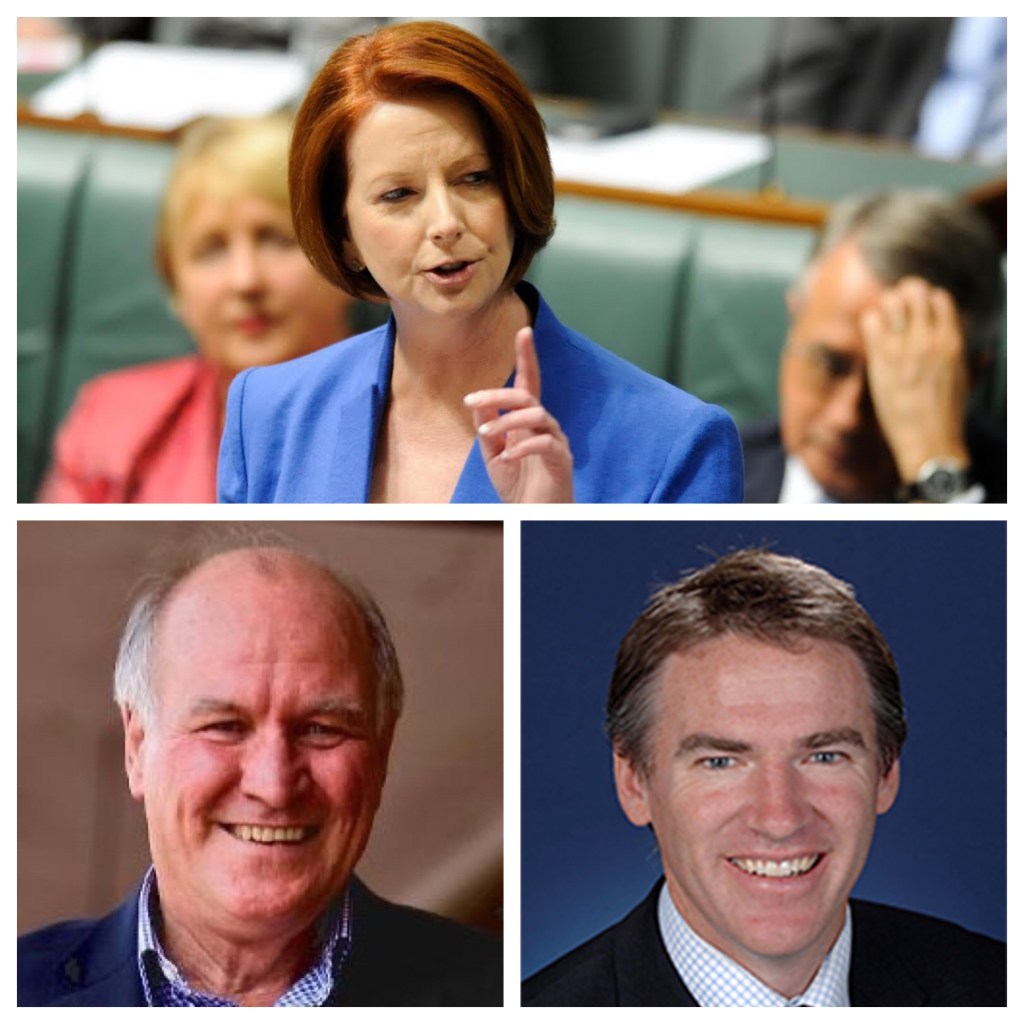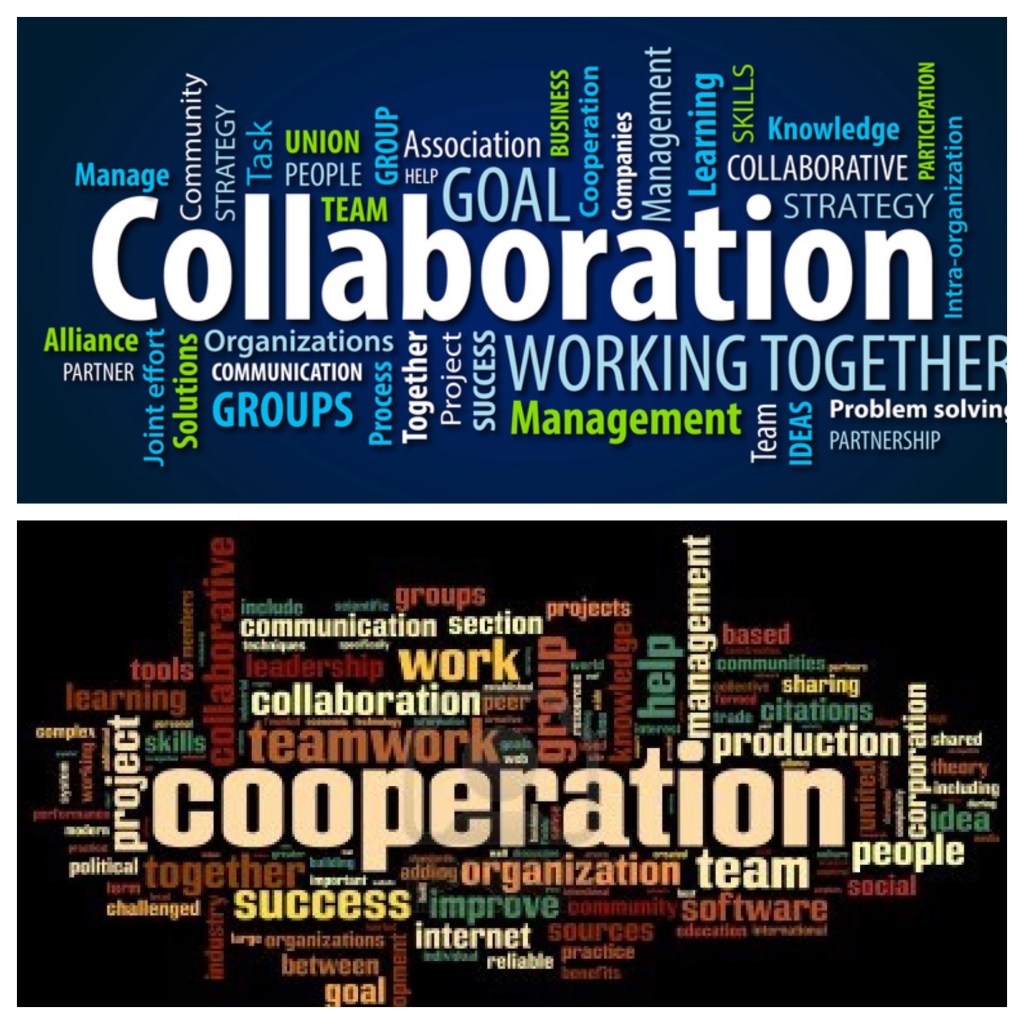I am really glad that we are cracking open the two-party duopoly in federal politics. We already have a good number of Green members in the federal parliament, led by Adam Bandt, with prospects of some more joining them once the results of this election are finalised.
And we have had a good collection of thinking independents in parliament in recent times—Tony Windsor, Rob Oakeshott, Cathy McGowan, Rebecca Sharkie, Helen Haines, Zali Steggall—with the prospects of quite a number of new members in this ilk (collectively known as “the Teal Independents”) joining them on the cross benches.

This will most likely produce what the commentators regularly call “a hung parliament”–although one of my colleagues says that we really should call it “a collaborative parliament”. For that is what the members of this next parliament will need to do: collaborate!
This will be in stark contrast to the disastrous shirtfronting, bulldozing approach of our feral federal leadership over the past decade, as both The Abbott of Inequity and The Liar from The Shire have relentlessly driven the COALition further to the right, turning the public discourse into a series of hate-speech episodes, fanning the flames of misogyny, xenophobia, and anti-science attitudes, targeting renewable industries, people below the poverty line, females in the workplace, same-gender attracted people, and transgender people. It has been a shameful period, thriving on the partisan conflict generated by confrontational rhetoric and aggressive actions.
Regardless of how many Greens and Teal Independents are elected to the lower house, the incoming government will still need to work with the range of Senators sitting on the cross benches in the red house, the Senate. There are currently Greens, a number of independents, and members from the Jacqui Lambie Network, the One Nation Party, and the Centre Alliance in the Senate. More Greens and perhaps some RWNJs may well be joining them once the Senate votes are all counted and the preferences distributed.
A “collaborative parliament” is not a disaster. Having a minority government which needs to propose legislation that it negotiates with cross bench members (Greens, Independents) to get through the House and the Senate, is a sensible, mature, responsible process.
In the last “collaborative parliament”, with a minority government led by Julia Gillard (2010–2013), more than 560 pieces of legislation were passed — more than the preceding Rudd government and more than John Howard when he controlled both houses of government between 2005 and 2007.
Some major policy initiatives of the Gillard government included: the Clean Energy Bill 2011; the Mineral Resource Rent Tax; a National Broadband Network; a schools funding formula following the Gonski Review; the National Disability Insurance Scheme; the carbon price package; a means test on the health insurance rebate; paid parental leave; a plan for the Murray Darling Basin; plain packaging for cigarettes; and the establishment of a Parliamentary Budget Office, which is available to cost policies on request. That is an impressive list.

Michelle Grattan wrote that in a hung parliament, “Parliament has a much more active role, rather than the House being a rubber stamp. The government is kept on its toes. Having the parliament “hung” is another check and balance in the system.” See https://theconversation.com/looking-back-on-the-hung-parliament-16175
She notes that in 2010–2013, about a quarter of House of Representatives time has been used for private members business. 357 private members bills and motions were introduced and debated; 150 were voted on and 113 supported, according to figures supplied by the Leader of the House’s office. By comparison, in 2005 under the Howard government no private members motions were voted on. Democracy works much better in a situation where the parliament has to work collaboratively.
Rob Oakeshott reflected that the great lesson for him out of that parliamentary term was that “bipartisanship is the best and politically the only way to achieve long-standing reform”. Tony Windsor noted that people do not understand what it is. “In some ways they do not fully comprehend what a hung parliament is, and still look at it through the prism of the two party system. It is not that”.
Bob Katter’s assessment was, “a hung parliament … is a multiparty democracy which is experienced everywhere else in the world. The two party system is primitive”. Andrew Wilkie noted that “the parliament itself has proved to be remarkably stable, reformist and productive.”
I am looking forward to the next three years, as collaboration and co-operation become the key markets of our federal leadership.



Thanks, John. May I forward? Janet
Yes, certainly